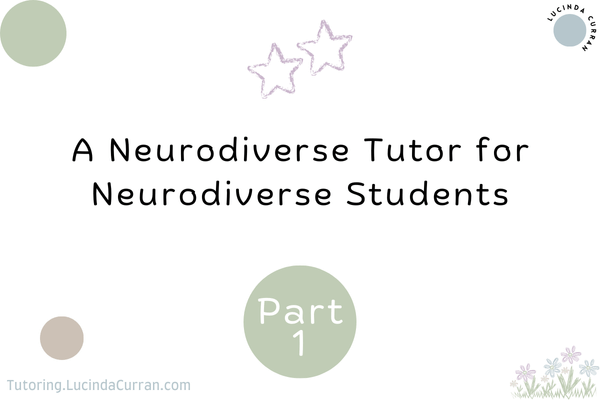Understanding Neurodiverse Students: A Different Way of Engaging with the World
In the world of education, neurodiversity is gaining more recognition as we begin to appreciate the unique ways individuals engage with learning.
Neurodiverse students, including those with ADHD, autism, introversion, and other cognitive variations, may not fit the traditional mould.
However, this doesn’t mean they lack the ability to succeed – rather, they simply need approaches tailored to their strengths.
What Does Neurodiversity Mean?
Neurodiversity refers to the range of differences in brain function and behavioural traits among people.
Neurodiverse students process information in ways that might differ from neurotypical individuals. This includes differences in attention, sensory processing, and social interaction.
For example, some neurodiverse individuals might have heightened sensitivity to sound, light, or touch, while others may hyperfocus on specific topics or activities.
These traits can be both challenges and strengths, depending on how they’re supported.
The Benefits of Embracing Neurodiversity in Education
When we shift our perspective to embrace neurodiversity, we open the door to more inclusive and adaptive teaching methods.
Neurodiverse students often possess a deep passion for particular subjects or areas of interest, which can lead to highly focused and specialised knowledge.
By nurturing these strengths, we can create pathways to success that aren’t limited by traditional teaching methods.
For example, students who are hyper-focused on certain topics can excel when given the opportunity to engage deeply with their interests, turning their passion into expertise.
The Role of Monotropism in Learning
Monotropism is a theory that describes how individuals, particularly those on the autism spectrum, tend to focus deeply on a single activity or subject of interest, often to the exclusion of other stimuli.
This focus can be incredibly powerful, allowing for deep learning and understanding in areas where passion is ignited.
However, it can also mean that shifting attention away from this focus can be challenging.
For neurodiverse students who experience monotropism, the key to success is harnessing this intense focus in ways that build on their strengths while also helping them manage transitions and develop flexibility.
Key Takeaways:
- Neurodiversity includes a wide range of cognitive differences, such as ADHD and autism, and these learners may engage with the world in their individual ways.
- Embracing neurodiverse learning styles can lead to more inclusive and personalised teaching methods, allowing learners to excel by focusing on their strengths.
- Monotropism, a theory often applied to individuals on the autism spectrum, describes an intense focus on one subject or activity, which can be a powerful tool for learning when properly supported.






